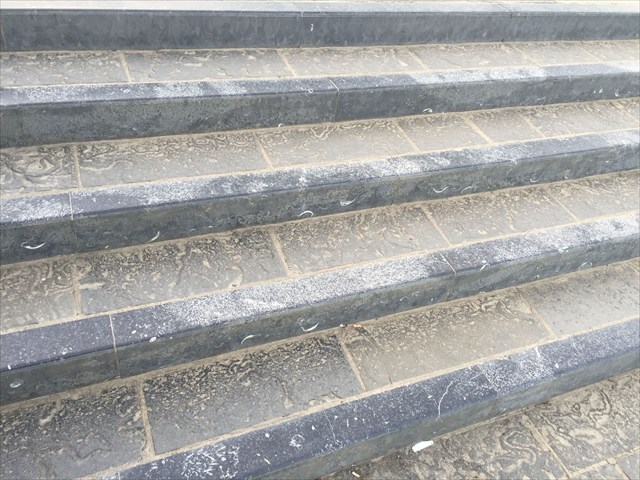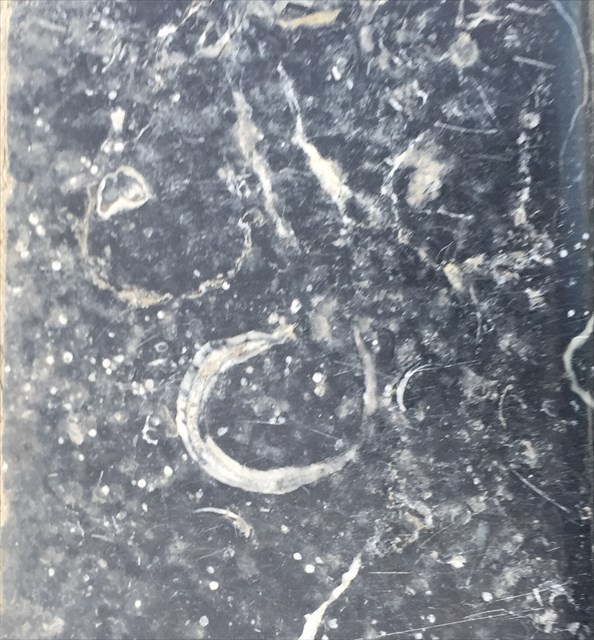
Fossiliferous limestone is the name for any limestone, which is rich in fossils and fossil traces. Limestone is composed mainly of calcium carbonate (CaCO3) in the form of calcite or aragonite.
Formation of Limestone
Limestone is a sedimentary rock that is mainly formed in shallow and warm marine waters. This environment is optimal for organisms capable of forming shells and skeletons made of calcium carbonate to extract the ingredients they need from the water.
When these organisms die, their skeletons and shells build up and collect as a sediment that could be transformed into limestone (lithified). The waste products from these organisms can also contribute to the sediment.
How are the fossils formed?
Over a period of time, the remains of the marine organisms are covered with more and more sediment. The parts of the organisms which did not rot (the skeletal or shell parts), are encased in newly-formed sediment. When enough pressure (more and more sediment layers) is placed on top of the remains, they will become more solid, creating the white fossils we see here.
Limestone in Ireland
Approximately 40% of Ireland is underlain by limestone. With few exceptions, Irish limestone belongs to two geological periods: Carboniferous (around 300–340 million years ago) and Cretaceous (70–120 million years ago).
The Carboniferous limestones are usually hard and grey to black in colour, and are found in almost every part of Ireland (except Antrim and Wicklow). The hard nature of the carboniferous limestone makes it ideal for use in building stone. The Cretaceous limestone (chalk) is somewhat softer and usually white in colour, and is found solely in Ulster (Antrim, Armagh, Down, Derry and Tyrone). Cretaceous limestone is too soft to be used in building, but is often used in cement-making.
Fossils appearing in limestone
Bivalves can vary in shape and size but commonly look like circles or 'C' shapes. They are cross sectional views through the valves of shelled organisms (like mussels and clams)

Brachipods are similar to bivalves but usually have one valve bigger than the other

Coral fossils are identified by a series of 'dots' in a group.

The fossiliferous limestone seen here has been through a process of finishing to make it suitable for use in the steps. This type of limestone in its raw, natural form is visible on Inis Oirr. I highly recommend a visit to the EarthCache there Fossils of Inisheer
To log this earthcache as a find:
Please send me answers to the questions below via the message centre. You do not need to wait for my response, I will contact you if there is any issue.
1. What period do you think this limestone is from: Carboniferous or Cretaceous?
2. Give at least one reason for your answer to number 1.
3. Walking up the steps from the published coordinates to the top, observe the types of fossils you can see (please watch where you are going!). What fossil type appears most? (It is very clear which occurs more than the others. If you only look at the steps directly at GZ, you will get the WRONG answer.)
4. What is the average size in diameter of the brachiopods (circular fossils)?
OPTIONAL: 5. Feel free to share any pictures from your trip, including pictures of fossils!
HAPPY EARTHCACHING!
| I have earned GSA's highest level: |
 |